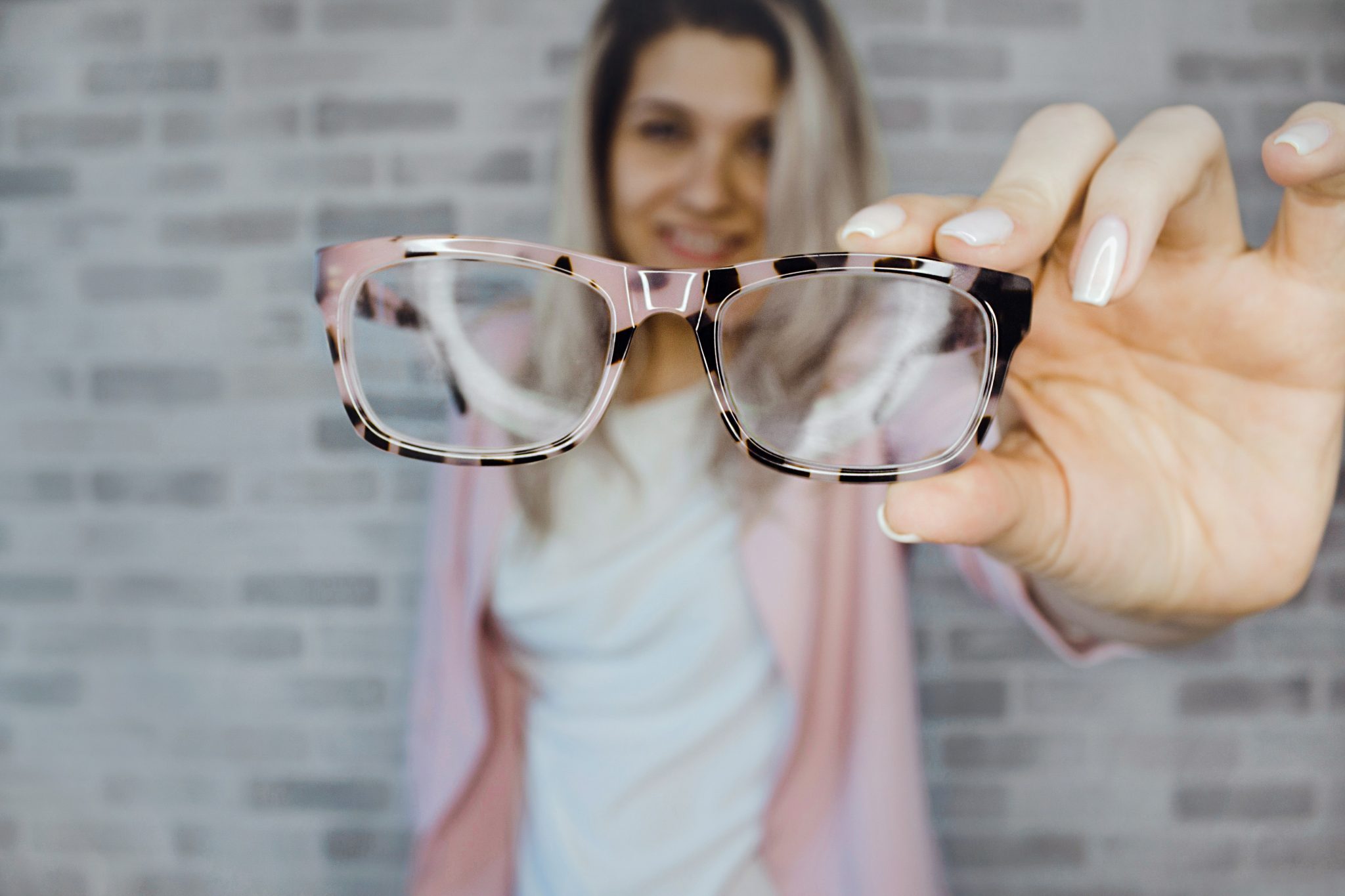
 Myopia, also known as nearsightedness, is a very common vision problem affecting nearly one-third of the population. As the name implies, people who are nearsighted can easily see objects that are near to them, but struggle with objects that are far away.
Myopia, also known as nearsightedness, is a very common vision problem affecting nearly one-third of the population. As the name implies, people who are nearsighted can easily see objects that are near to them, but struggle with objects that are far away.
Myopia occurs when the eyeball is slightly longer than usual from front to back. This causes light rays to focus at a point in front of the retina, rather than directly on its surface. People who suffer from myopia often have headaches or eyestrain and might squint or feel fatigued when driving or playing sports.
Nearsightedness commonly runs in families and usually appears in childhood. This vision problem may stabilize at a certain point, although sometimes it worsens with age.
Nearsightedness may be corrected with glasses, contact lenses or refractive surgery. If you’re nearsighted, your prescription is a negative number. The higher the numeral, the stronger your lenses will be. Depending on the severity of your myopia, you may need to wear your glasses or contact lenses all the time or only when you need distance vision, like driving or watching a movie.
Refractive surgery can reduce or even eliminate your need for glasses or contacts. The most common procedures are performed with an excimer laser. In laser-assisted in situ keratomileusis (LASIK) — the most common refractive procedure — a flap is created in the cornea, then a laser reshapes the underlying corneal tissue and then the flap is put back into place.
An alternative option to correcting myopia is orthokeratology, a non-surgical procedure that involves wearing special contact lenses that slowly reshape the cornea over time to reshape the eye, allowing light rays to focus closer or on the retina, creating clearer vision.
If you are experiencing symptoms of myopia or struggling with other vision problems, contact Palmetto Eye & Laser Center today at 864-583-6381 or palmettoeyeandlaser.com to schedule an eye examination with one of our doctors.